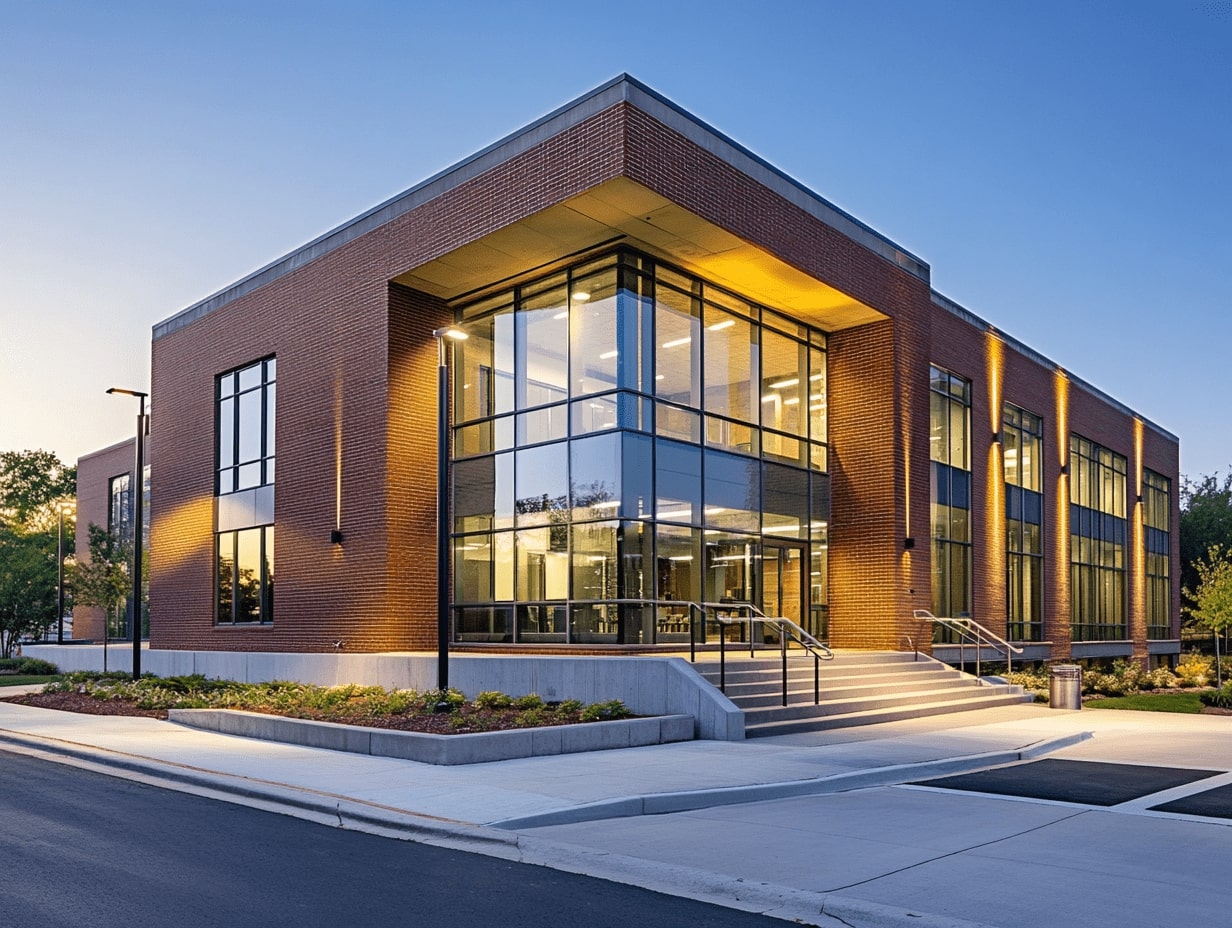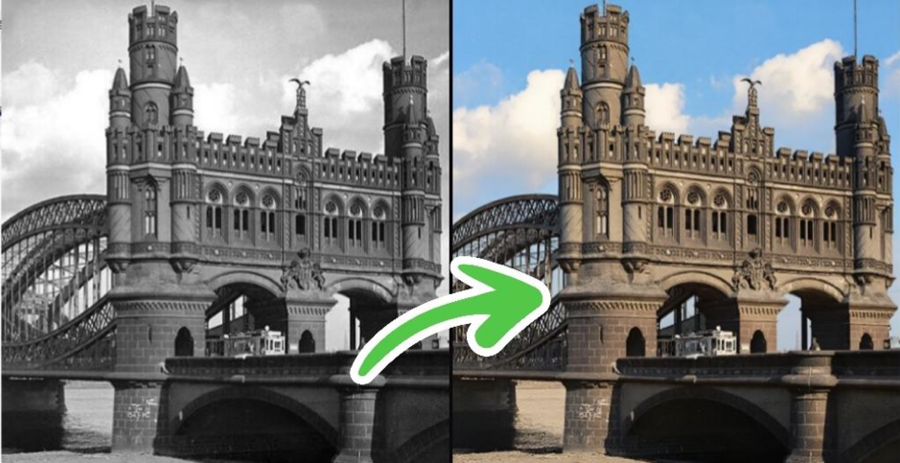- Home
- Articles
- Architectural Portfolio
- Architectral Presentation
- Inspirational Stories
- Architecture News
- Visualization
- BIM Industry
- Facade Design
- Parametric Design
- Career
- Landscape Architecture
- Construction
- Artificial Intelligence
- Sketching
- Design Softwares
- Diagrams
- Writing
- Architectural Tips
- Sustainability
- Courses
- Concept
- Technology
- History & Heritage
- Future of Architecture
- Guides & How-To
- Art & Culture
- Projects
- Interior Design
- Competitions
- Jobs
- Store
- Tools
- More
- Home
- Articles
- Architectural Portfolio
- Architectral Presentation
- Inspirational Stories
- Architecture News
- Visualization
- BIM Industry
- Facade Design
- Parametric Design
- Career
- Landscape Architecture
- Construction
- Artificial Intelligence
- Sketching
- Design Softwares
- Diagrams
- Writing
- Architectural Tips
- Sustainability
- Courses
- Concept
- Technology
- History & Heritage
- Future of Architecture
- Guides & How-To
- Art & Culture
- Projects
- Interior Design
- Competitions
- Jobs
- Store
- Tools
- More
Inspiring Examples of Architectural Photography Around the World: Capture Design and Legacy
Discover the artistry of architectural photography through breathtaking examples from around the globe. Explore how light, composition, and unique perspectives transform iconic structures into timeless visual stories. From skyscrapers to historic landmarks, see how this art form immortalizes design, inspires innovation, and highlights the profound connection between architecture and creativity.

Architecture has an incredible way of telling stories, and when paired with the art of photography, it becomes truly captivating. Through the lens, we can explore the intricate details, bold lines, and stunning symmetry that define some of the world’s most iconic structures. Architectural photography doesn’t just document buildings—it brings them to life, evoking emotion and showcasing the creativity behind their design.
From towering skyscrapers to historic and famous landmarks, architectural photography inspires us to see the world differently. It challenges us to appreciate how light, perspective, and composition can transform a structure into a piece of art. Let’s dive into some awe-inspiring examples that highlight the beauty, innovation, and artistry of architecture captured through the camera’s eye.

Table of Contents
ToggleThe Art Of Architectural Photography
Architectural photography combines technical skill and creative vision to showcase structural beauty. It captures designs as both visual art and cultural storytelling.
Importance Of Capturing Architecture Through A Lens
Photographing architecture immortalizes design and craftsmanship for future generations. It highlights unique textures, patterns, and structural elements that may go unnoticed in casual observation. Iconic images of buildings, like New York’s Empire State Building or Spain’s Sagrada Familia, help preserve their legacy and inspire innovation.
Architectural photography also connects viewers to spaces emotionally. By framing the interplay of light, shadow, and perspective, it reveals how architecture interacts with its environment and humanity.
The Evolution Of Architectural Photography
Architectural photography evolved through advances in technology and style. Early photographers relied on large-format cameras to capture detailed images of historic landmarks. Innovations such as digital cameras and drones now provide new angles, like aerial views of skyscrapers or immersive interior perspectives.
Changing design trends influenced photography methods. Modern structures, like Frank Gehry’s Guggenheim Museum in Bilbao, push photographers to experiment with angles and reflections. By adapting techniques to complement architectural transformations, photographers enhance our appreciation of these spaces.

Inspiring Examples Of Architectural Photography Around The World
Architectural photography transcends simple documentation by presenting structures as art forms. Let’s explore remarkable instances where photographers have brought architecture to life through compelling visuals.
Iconic Structures Captured In Unique Perspectives
Photographers have redefined how we see renowned landmarks by using inventive angles. For example, images of the Eiffel Tower frame it against dramatic skies or through nearby sculptures, showcasing its engineering and cultural significance. Shots of Dubai’s Burj Khalifa taken from ground level emphasize its towering presence against the cityscape. By blending reflections, symmetry, or unconventional viewpoints, these photos offer fresh narratives of well-known structures.
Stunning Use Of Light And Shadows In Architectural Shots
Effective use of natural and artificial light shapes the mood of architectural imagery. As seen in photos of the Sydney Opera House during sunrise or sunset, the interplay between light and its white sails creates enchanting silhouettes and colors. Shadows contribute depth, such as the patterns created by sunlight on Spain’s City of Arts and Sciences. In indoor spaces like museums, light streaming through unique window designs emphasizes textures and shapes, enhancing the spatial experience.
Contemporary Minimalist Architectural Photography
Minimalist photography focuses on clean lines, bare forms, and subtle contrasts to highlight modern design. Photos of Denmark’s 8 House and Japan’s Tokyo Skytree emphasize clarity, capturing elegance in simplicity. Negative space in these images directs attention to geometric precision and surface textures. High-resolution shots of materials like glass, concrete, and steel provide sharp visuals, celebrating the understated brilliance of contemporary minimalist architecture.

Techniques Used In Architectural Photography
Architectural photography techniques elevate the visual impact of structures. Combining technical precision with artistic intuition highlights design and storytelling elements.
Mastering Angles And Composition
Framing and symmetry create powerful architectural images. We look for leading lines, like staircases or hallways, to guide the viewer’s eye through the frame. Shooting from low angles emphasizes height, as seen in the Burj Khalifa’s towering photographs. Capturing diagonal angles adds dynamism, perfect for modern structures with geometric designs. By aligning horizontal and vertical lines, we ensure the building’s proportions remain accurate and visually harmonious.
Incorporating Human Elements For Scale And Depth
Human presence in architectural photography introduces relatability and dimension. Including individuals against vast buildings, like New York’s Empire State Building, provides a sense of scale, showcasing the enormity of the structure. People in motion, for example walking in atriums, add liveliness and connect the architecture to its use. Focusing on candid actions, such as workers within industrial spaces, reveals the purpose and functionality of architectural elements.
Renowned Architectural Photographers To Follow
Architectural photography has been shaped by legendary pioneers and modern innovators who continue to redefine the art form. We’ve highlighted key figures from both classic and contemporary eras who inspire through their vision and skill.
Classic Pioneers Of Architectural Photography
- Ezra Stoller: Known for capturing mid-20th-century architecture, Stoller documented iconic structures like the Seagram Building and Guggenheim Museum. His precision and ability to highlight architectural intent set a gold standard for the profession.
- Berenice Abbott: Celebrated for her series “Changing New York,” Abbott documented urban architecture in the 1930s, preserving the city’s transformation through stark contrasts and meticulous framing.
- Julius Shulman: Recognized for popularizing mid-century modernism, Shulman immortalized famous projects like the Stahl House, merging architecture with lifestyle to create compelling narratives.
- Helen Levitt: While more known for street photography, Levitt’s ability to integrate architecture within her urban compositions offers a timeless perspective on the relationship between people and public spaces.
- Iwan Baan: Baan is revolutionizing contemporary architectural photography by centering human interaction within architectural contexts. His work on structures like the Torre David emphasizes lived experiences over static perfection.
- Fernando Guerra: A leader in minimalist architectural photography, Guerra focuses on light, texture, and geometric symmetry in projects like the Casa das Histórias museum in Portugal.
- Hélène Binet: Binet is known for her monochromatic works that emphasize depth in textures and forms, producing evocative studies of structures like Zaha Hadid’s Vitra Fire Station.
- Adam Mørk: Mørk elevates architectural photography with dynamic compositions and vibrant lighting, as seen in his work on the Copenhagen Opera House.
- Hufton + Crow: This duo encapsulates grandeur in modern architecture, achieving dramatic imagery of landmarks like The Shard while maintaining architectural accuracy.

How Architectural Photography Inspires Creativity
Architectural photography reveals the artistic potential of structures, inspiring creativity by blending design, emotion, and perspective. It encourages creators, architects, and photographers to see buildings as dynamic works of art.
Bridging Architecture And Art
Architectural photography transforms physical structures into visual art by emphasizing form, texture, and symmetry. Photographers frame details like curves, repetitive patterns, and intricate facades to highlight their aesthetic value. For example, close-up shots of the Louvre Pyramid showcase its geometric precision, while abstract images of Zaha Hadid’s works reveal fluidity and modernism. This intersection of architecture and art provides a fresh lens to interpret design beyond functional purposes.
Encouraging Innovative Design Thinking
Photographs of architecture inspire new approaches to design by presenting structures in unique ways. Capturing unusual perspectives, such as aerial shots of Shanghai Tower or fisheye views of the Berlin Philharmonie, challenges architects to consider bold ideas. Depictions of sustainable architecture, like Singapore’s Gardens by the Bay, prompt exploration of eco-friendly materials and techniques. By showcasing innovative designs, photography fosters a cycle of creativity between photographers and architects, driving future trends.
Conclusion
Architectural photography merges technical expertise and artistic expression, forging a profound connection between design and visual storytelling. By capturing the essence of structures, we not only preserve their legacy but also inspire creative exploration. Iconic images, such as the Burj Khalifa’s towering silhouette or the Louvre Pyramid’s geometric perfection, translate architecture into enduring art.
Masterful techniques, like creative use of angles, effective composition, and the integration of human elements, elevate architectural photography into a dynamic art form. Photographers draw attention to both grandeur and subtlety through light, texture, and perspective, enriching how we experience and appreciate spaces.
Renowned photographers, from mid-century legends like Ezra Stoller to modern innovators like Iwan Baan, have influenced how we view architecture through a lens. Their work blends design appreciation with cultural narratives, encouraging architects and photographers to challenge conventional perspectives.
The dialogue between innovative photography and bold architectural thinking fosters a cycle of inspiration. As we celebrate the artistry of architectural photography, we reinforce its ability to shape how the world visualizes and interacts with design.
- architectural photo gallery
- Architectural Photography
- architecture photo tours
- architecture photography inspiration
- architecture photography portfolio
- architecture photography techniques
- best architecture photography
- building photography examples
- capturing architectural design
- design legacy photography
- famous architectural photographers
- global architecture photography
- historical architecture photos
- inspiring architecture photos
- international architecture photography
- legacy architecture photography
- modern architecture photography
- urban architecture photography
- world architecture photos
Submit your architectural projects
Follow these steps for submission your project. Submission FormLatest Posts
How to Restore Old Photos of Historical Buildings with AI Tools
Introduction To restore old photos is essential since these contain invaluable memories,...
From Las Vegas to Rome: A Visual Journey by Iwan Baan at Princeton University
The Princeton University School of Architecture presents “From Las Vegas to Rome”...
Unlocking the Art of Architectural Photography: Techniques, Tips, and Equipment Guide
Explore the captivating world of architectural photography in our latest article. Discover...
Essential Tips and Techniques for Stunning Architectural Model Photography
Discover the art of architectural model photography, where precision meets creativity. Learn...












Leave a comment